How rosemary is grown, features of planting and caring for it
A perennial, evergreen shrubby plant with leaves very similar to the needles of coniferous trees - rosemary. In Crimea and Europe, it is grown as a hedge and as a spice. In Central Russia, the shrub is also becoming more and more popular, and is cultivated not only in personal plots, but also in indoor conditions.
How to plant with seeds
The best time for sowing is the end of winter, since in a few months the sprouts that appear will get stronger, and they can be planted in open ground.
Growing rosemary from seeds:
- Pre-soak the seed for 12 hours.
- During this time, prepare the substrate, which should be neutral, as rosemary does not tolerate acidic soil well. A mixture of 2 parts turf, 1 part peat, 1 part humus and 1 part sand will be optimal.
- Moisten the prepared substrate and spread the seeds on its surface. They are small, so there is no need to deepen them. Spray crops with a spray bottle.
- Cover the container with plastic wrap to maintain a stable temperature and humidity. Make some ventilation holes in the plastic to keep the seeds from suffocating.
- Place the container in a warm place, since the optimum temperature for seed germination is from +28 to + 29 ° C. How soon the sprouts appear depends on the germination of the material. This usually happens unevenly - some seeds hatch after 21 days, others lie for a month. But if more than 30 days have passed, and there are still no shoots, then the sowing procedure should be repeated.
- Systematically spray the surface of the substrate from a spray gun, the soil should not be allowed to dry out.
- As soon as the first shoots appear, remove the plastic. After warm weather is established, take out the seedlings in the sun and ventilate. This will ensure that the seedlings are hardened and grow well.
- When the sprouts reach eight centimeters in height and three leaves are formed on them, make a pick by moving the young plants to separate pots.
Important! Rosemary can die from excess moisture, so a drainage layer is needed at the bottom of the container made of expanded clay or pebbles.
Growing from cuttings
This method is preferable if you want to propagate rosemary that you or someone you know already grows. Compared to the seed method, cuttings give more guarantees that the properties of the mother plant are preserved.
Growing rosemary from cuttings:
- In the last decade of June, cut off lignified shoots from an adult bush. The process should have three to four internodes and be about ten centimeters long.
- Place the cut stalk in a container of water and wait for the roots to appear. To speed up the process, use not just water, but a stimulant solution - be sure to follow the instructions for the drug.
The soil is preferable light and loose, for example, sand mixed with peat, or ordinary soil with the addition of vermiculite or perlite. The soil mixture should be constantly slightly moist, but not wet, as in this case, part of the appendage in the ground will begin to rot. Place the seedling pot in a warm place out of direct sunlight. The roots will appear in about 14 days, and after a while the seedling will be ready for transplanting into a flowerpot or open ground.
Advice! Rosemary is characterized by a well-developed root system, therefore a spacious clay container is ideal for growing it.
After the plant finally takes root, pinching will not interfere with the rosemary: cut off the top so that the bush becomes fluffy and branches well.
In addition to such cuttings, another approach is used: not lignified shoots of an adult bush are taken as planting material, but green branches that are sold in a grocery store. They are put in water and they give roots. Later, the seedlings are transferred to the ground.
How to care outdoors
Plant care differs depending on where it grows: on the site or on the windowsill. In the open field, rosemary does not require special care during the warm season. He needs:
- moderate watering;
- fertilizing with mineral fertilizers or organic matter once every seven days;
- loosening the soil;
- weeding.
In the winter months, if the temperature drops below –3 ° C, the bush growing in the open field will die. It is useless to insulate it. The only way to preserve rosemary is to transplant it into a spacious container and transfer it to your home.
Watering
Rosemary loves moderate but systematic watering. The plant does not tolerate wet soil well, but underwatering should also be avoided. If the foliage turns yellow on the bush, then there is not enough moisture. With an excess of water in the soil, rosemary begins to shed its leaves. Therefore, extremes should be avoided.
Top dressing
The introduction of nutrients once a month will be sufficient. For feeding use:
- Mullein solution. To prepare it for five parts of water, you will need to take one part of the product.
- Complex organic and mineral fertilizers, which contain nitrogen and phosphorus.
To ensure proper root formation, water the rosemary with a nitrogen fertilizer solution in the spring. In the autumn months, phosphate fertilizers are the best feeding option.
Pruning
When growing rosemary on an industrial scale, once every seven to eight years, the rosemary shoots are cut to ground level. This ensures the "rejuvenation" of the bush and the active growth of young shoots. A similar technique is recommended to use when growing rosemary and on a personal plot, especially if the bush is already old.
Advice! The grown stems of rosemary are bare, at the end of winter it is better to prune them so that the plant gives more strength to young shoots. Then the bush will become fluffy again.
Formative pruning is allowed in March and April, which is especially important for hedge bushes.
Pot growing rules
Rosemary is relatively undemanding to growing conditions, but some rules still need to be followed:
- Since this is a southern plant, it requires warmth and sunlight. The windowsill on the east or south side is best suited.
- A bush that is not watered in time will immediately react with a yellowing of the crown. Excess moisture affects the rosemary even worse - the root system begins to rot, the foliage falls off, and the plant dies. Therefore, the golden rule is to water the potted substrate when its top layer is dry at a depth of three to five centimeters.
- Rosemary tolerates temperature changes very badly - the bush begins to shed its foliage. Keep an eye on the temperature in the room and do not leave the window open for long, especially in winter, late autumn and early spring. Drafts are highly undesirable.
- Winter is a tough time for rosemary. Since it is native to the Mediterranean, where there is no extreme cold, the plant does not go into complete hibernation. However, the growing season slows down, the bush needs rest. In order not to destroy the plant, reduce watering, but do not stop it altogether. Extend your day with a lamp. It is allowed to feed the rosemary with phosphate fertilizers once a month, which stimulate the development of the root system. It is not recommended to introduce nitrogen during this period, they are more suitable for the warm season, as they provide the growth of the green mass of the plant.
When grown year-round in a pot, rosemary needs to be transplanted to a new location (in a more spacious container) every two years.
Advice! To ensure abundant flowering in spring, rosemary must create winter conditions of detention - rare watering and the temperature in the room not higher than + 10 ° C.
Application
The maximum amount of nutrients is in the rosemary sprigs during flowering. For this reason, it is recommended to cut them off for seasoning during this period, and preferably in sunny weather. Shoots must be dried, chopped and placed in a jar with a tight-fitting lid. Under these conditions, rosemary retains its aroma for up to three years.
How rosemary can be used:
- Most often it is used as a seasoning, since the plant gives dishes an unusual aroma, taste and sophistication.
- As part of complex spice-aromatic mixtures and aromatic salts.
- For healing decoctions of traditional medicine, effective in combating ailments of the gastrointestinal tract, genitourinary system, blood vessels and heart.
- As part of traditional medicines.
- In industry - for a variety of marinades, canned food and semi-finished products.
- For wine, tinctures, essential oils.
- As a component of cosmetics and perfumes.
Rosemary root is used in extremely rare cases, since it does not have the characteristics for which the plant is so valued (aroma, taste, healing properties of phytoncides). The leaves of the plant contain phytoncides, for this reason the air in the room where rosemary grows is always fresh, and pathogenic bacteria and viruses die.
Rosemary is a warm and light-loving plant, it is sensitive to mistakes in care, but generally not capricious. A little attention, and you can grow a beautiful fluffy bush, fragrant seasoning and medicinal plant on a windowsill or garden bed.
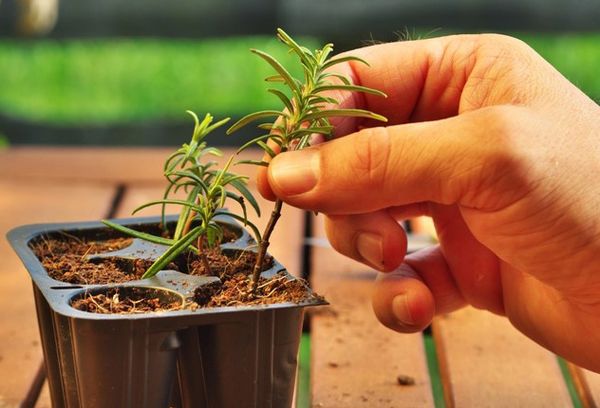
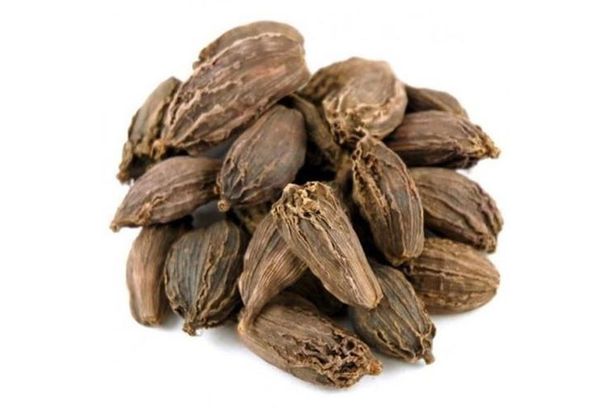
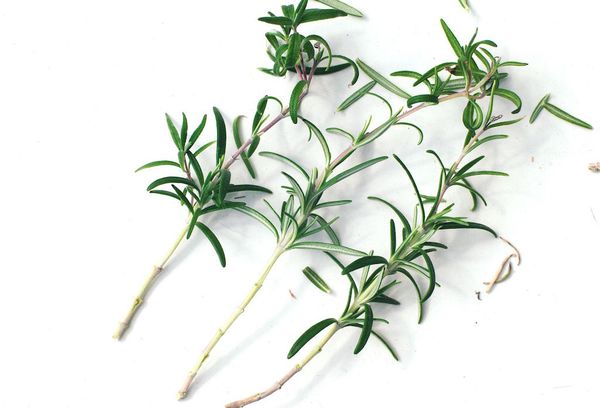
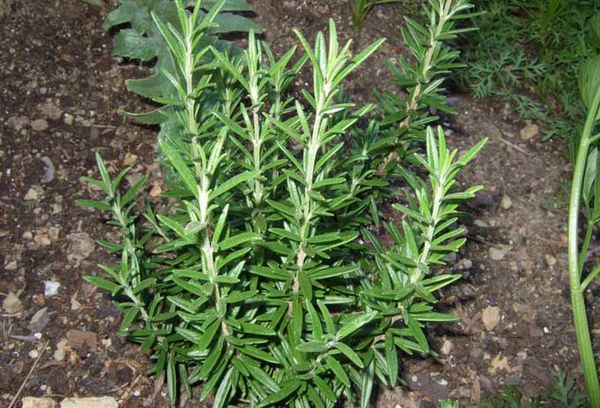
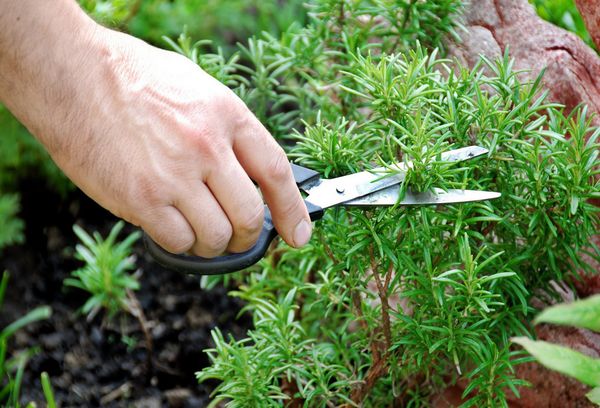
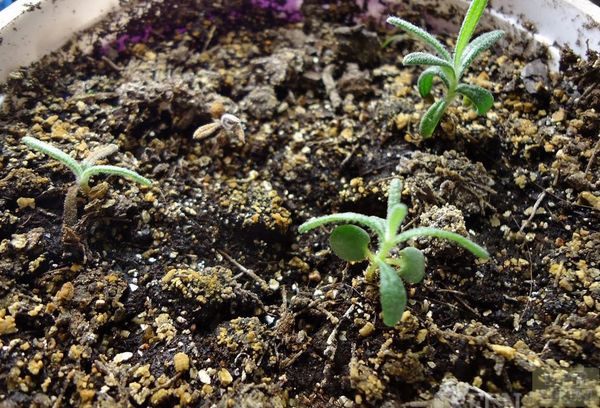
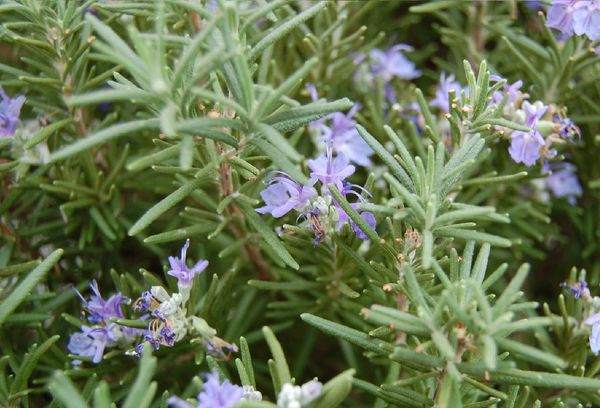
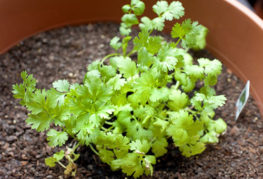
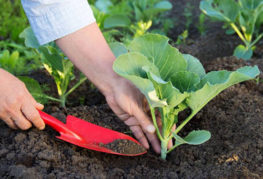
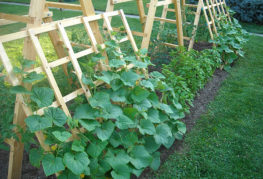

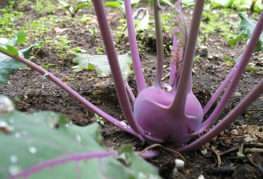
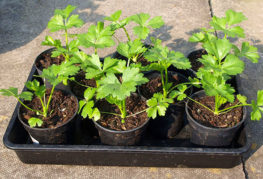
and will be published shortly.